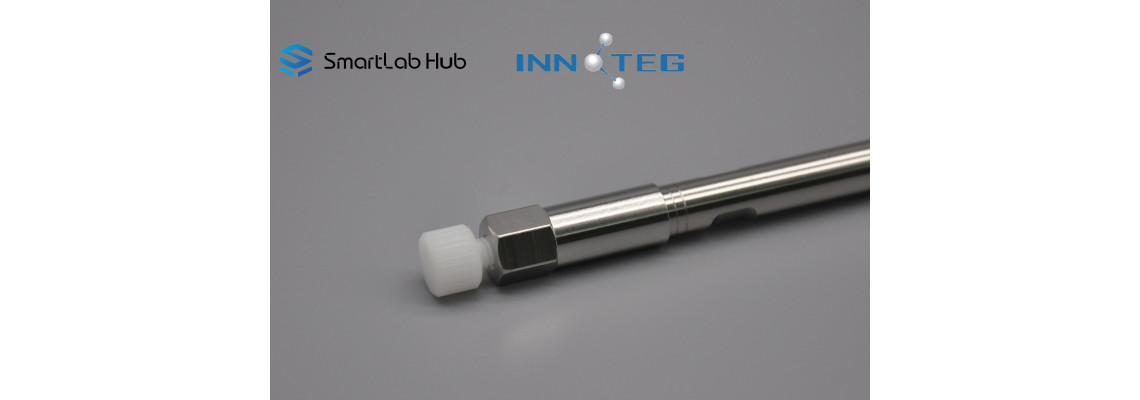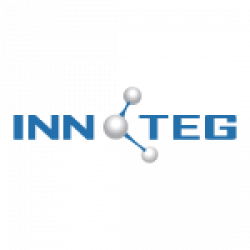
Colorant, also known as food pigment, is the main purpose of food coloring, to make food give color and improve the material of food color. At present, there are more than 60 kinds of food coloring agents commonly used in the world, and 46 kinds are allowed in China. According to their source and nature, they are divided into two types: food synthetic colorant and food natural colorant.
Limit and control of synthetic colorants in food products
The raw material of the synthetic colorant is mainly chemical products. The synthetic pigments included in the hygienic standard of Chinese food additives (GB2760-1996) are carmine, amaranth, sunset yellow, red moss red, lemon yellow, new red, indigo, bright blue, etc. Compared with natural pigments, synthetic pigments are more colorful, not easy to fade, and at lower prices.
But the amount added to the food needs to be strictly limited and controlled. New gb GB 5009.35-2023, the determination of synthetic toner in food has been promulgated and began in March 2024, the national standard gives 11 kinds of synthetic toner (lemon yellow, red, amaranth, indigo, carmine, sunset yellow, temptation red, bright blue, acid red, quinoline yellow and moss red) liquid chromatography determination method.
Compared with GB 5009.35-2016, the new national standard mainly has the following four changes:
● Added indigo, temptation red, acid red and quinoline yellow four synthetic coloring agent;
● Increase and specify the applicable substrate types;
● Modified the sample pretreatment method and instrument conditions;
● Modified the detection limit and the quantitation limit.
Methods For The Synthetic Colorant Analysis
No.1
Standard Concentration
11 synthetic colorers

No.2
Chromatographic Condition
LC Column: YND-B-C18 5um 4.6 * 250mm;
Sample intake: 10 μ L;
Column temperature: 30℃;
The wavelength range of the diode array detector: 400nm~800nm;
Detection wavelength: 415nm (lemon yellow, quinoline yellow), 520nm (new red, amaranth red, carmine red, sunset yellow, temptation red, acid red and red red), 610nm (indigo, bright blue).
No.3
Refer To The Elution Gradient
For reference elution gradient see the table below where mobile phase A is 20 mmol/L ammonium acetate solution and mobile phase B is methanol:

No.4
Test Spectra

Measurement of synthetic colorants in food was detected by reference to GB 5009.35-2023 chromatographic conditions. In the measurement results, the separation degree of 11 synthetic colorants is greater than 1.5, and the retention time is basically the same as the spectrogram in the national standard. Therefore, INNOTEG YND-B-C18 can meet the detection requirements of synthetic colorants in food.
INNOTEG YND-B-C18
The INNOTEG YND-B-C18 column uses a universal C18 packing and can be suitable for the separation of most conventional samples:
● Special surface treatment technology to ensure the uniformity and inertia of the silicone surface;
● Very low metal ion content (10ppm);
● Multiple tail sealing technology, to the maximum elimination of residual silicon hydroxyl group;
● Greater acid and base tolerance (pH value: 1.5~10.0).

Product Information:
P/N:518-54625 INNOTEG YND-B-C18,5um 4.6*250mm
P/N:518-54615 INNOTEG YND-B-C18,5um 4.6*150mm
Simply click here to shop, or Email:[email protected]


2 Comment(s)
1
1
1
1
1
Leave a Comment